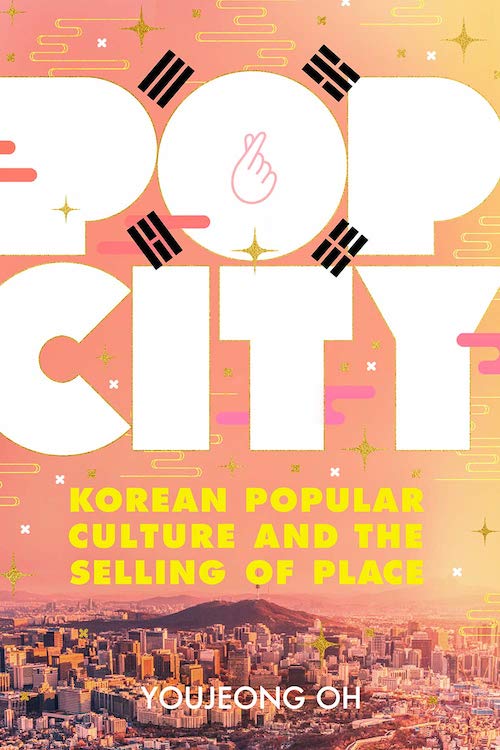
If you read the Korea Blog regularly, you more than likely have an interest in Korea. And though it’s far from guaranteed, you may well also be a Westerner of one kind or another. If both of these conditions hold true for you, then the odds say — albeit with plenty of room for exception — that your interest in Korea was sparked by the fruits of the “Korean Wave,” which over the past couple of decades has crashed onto many a shore throughout the non-Korean world. Though some definitions encompass film, comics, and literature, the Korean Wave as popularly understood consists primarily of two cultural forms: pop music and television dramas. And as Youjeong Oh argues in Pop City: Korean Popular Culture and the Selling of Place, their popularity in foreign countries has been powerful enough to alter the landscape of South Korea itself.
The operative phenomenon is, in a word, tourism. From far and wide come both “K-pop” fans seeking closer proximity to their singing idols and “K-drama” addicts hoping to re-live emotional moments from their favorite shows. Local economies have rapidly adapted to cater to them not just in Seoul, home of all the big entertainment companies and management agencies, but also across the rest of the country, where dramas often film their most memorable scenes. Both types of tourist inevitably encounter disappointments: major K-pop stars are seldom if ever publicly seen when not in concert, and the drama sets maintained as attractions, often in far-flung areas, tend to be smaller and situated in much less romantic contexts than they look on television. Yet the enthusiasts, as their demographics shift with time and their interests change with the trends, have for most of the 21st century kept on coming.
Oh uses a more descriptive term than enthusiast: “As celebrity involvement is often tantamount to worship,” she writes, “visiting a destination associated with the adored star can be perceived as a pilgrimage.” For many tourists, coming to Korea is an “overwhelmingly pop culture-focused journey to attend concerts and television shows, to go on pilgrimage tours to entertainment agency buildings and restaurants operated by K-pop stars.” I won’t pretend not to have made any such pilgrimages of my own, at least if visiting the pubs and coffee shops that have appeared in Hong Sangsoo movies counts. Such a practice may reflect the fact that I came to my own fascination with Korea through Korean cinema — or that I’m not a middle-aged Japanese woman, the demographic group who first proved the economic value of the obsessed foreigner not just to the Korean entertainment industry, but to Korean cities as well.
Read the whole thing at the Los Angeles Review of Books.